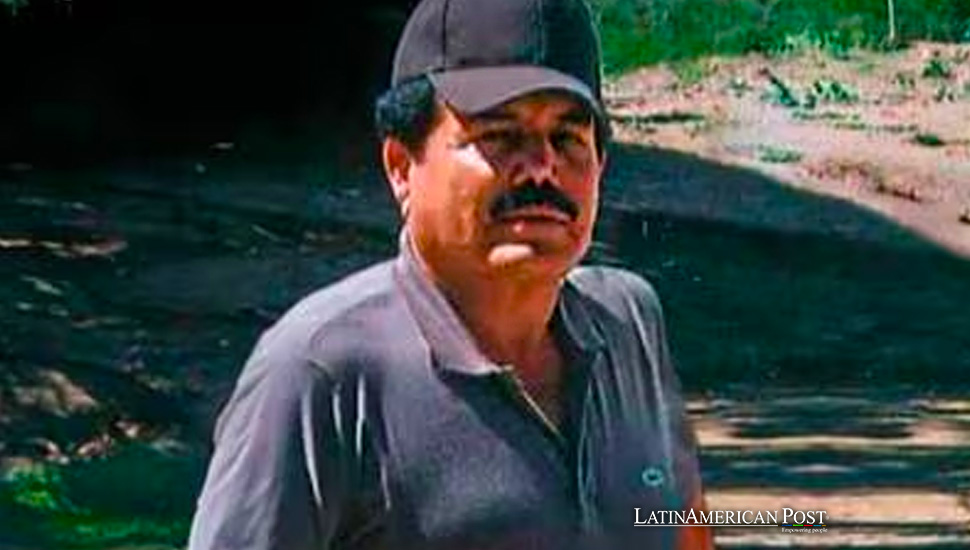Mexican El Mayo’s Fentanyl Charges and the Ongoing Battle Against Sinaloa Cartel’s Poisonous Legacy

U.S. federal prosecutors have charged Ismael “El Mayo” Zambada, a pivotal figure in Mexico’s Sinaloa drug cartel, with fentanyl conspiracy, highlighting a deadly crisis that links Latin American cartels to the highest drug mortality rates in American history and stressing the international urgency for collaborative counter-narcotics efforts.
A Milestone in the War on Drug Trafficking
In a significant development in the fight against international drug trafficking, U.S. federal prosecutors have unveiled charges against Ismael “El Mayo” Zambada, a notorious figure in the criminal underworld. As the co-founder of the infamous Sinaloa cartel, alongside the now-incarcerated Joaquin “El Chapo” Guzman, Zambada’s indictment marks a critical moment in the ongoing battle against the distribution of fentanyl, a drug wreaking havoc across the United States.
The Sinaloa Cartel’s evolution from its roots in the late 20th century to becoming a dominant force in the narcotics trade illustrates not only the adaptability and resilience of such organizations but also the profound challenges faced by law enforcement worldwide. The cartel’s shift towards manufacturing and distributing fentanyl, a synthetic opioid far more potent and deadly than heroin, has intensified the drug epidemic in the U.S., with fentanyl now recognized as the leading cause of death among Americans aged 18 to 45.
This crisis is not confined to the United States. The proliferation of fentanyl is a grim testament to the global reach of Latin American drug cartels, which have long histories of adapting to market demands and exploiting international drug policy weaknesses. The charges against Zambada underscore the complex nature of dismantling such networks, given his alleged ability to continue leading the cartel from the shadows, reminiscent of the challenges faced by law enforcement in tracking and capturing El Chapo Guzman.
A Critical Juncture in the International Drug Trade
The indictment reveals more than just the operational dynamics of the Sinaloa Cartel; it highlights a critical juncture in the international drug trade. Fentanyl’s emergence as a preferred commodity for traffickers due to its high potency and low production cost signifies a shift like drug trafficking and consumption. Its lethal efficiency has not only led to a public health crisis in the United States. Still, it has also spurred a reevaluation of drug policy and enforcement strategies both domestically and internationally.
Latin American countries, grappling with their internal battles against drug cartels, offer a broader context to the Sinaloa Cartel’s operations. Nations like Colombia and Peru have long been embroiled in their wars against drug trafficking, with cartels exploiting the jungles and remote areas for cocaine production. The story of the Sinaloa Cartel and its foray into fentanyl is part of a larger narrative of Latin American cartels’ influence on the global drug trade, showcasing the interconnectedness of regional drug production and distribution networks with North American consumption patterns.
The historical context of drug trafficking in Latin America, dating back to the marijuana and cocaine boom of the 20th century, provides a backdrop to the current fentanyl crisis. The cartels’ business models have evolved, but their impact on society remains devastating. The United States’ “War on Drugs,” initiated in the 1970s, has seen billions of dollars spent on combating drug trafficking, yet the challenge persists, now compounded by the synthetic opioid epidemic.
Call for International Cooperation: A Multifaceted Strategy
International cooperation is crucial in addressing this crisis. The charges against Zambada represent a critical step forward but also highlight the need for a sustained and cooperative global approach to dismantling these networks. Efforts must go beyond interdiction and arrests, addressing the root causes of drug trafficking and consumption. This includes tackling poverty and inequality in Latin American countries, strengthening judicial systems, and fostering economic opportunities that provide alternatives to the drug trade.
Moreover, the public health approach to drug addiction and overdose prevention in the United States must be recalibrated. The rise of fentanyl as a leading cause of death among young Americans is a stark reminder of the need for comprehensive drug education, access to addiction treatment services, and the deployment of overdose-reversal drugs.
Also read: Mexican Armed Forces Uncover Largest Meth Lab Amid Uptick in Drug Trafficking
The indictment of Ismael “El Mayo” Zambada is a pivotal moment in the ongoing battle against the drug trade. It serves as a reminder of the Sinaloa Cartel’s deadly legacy and the broader challenges posed by the international narcotics trade. As Latin American cartels continue to innovate and adapt, the international community must respond with equal vigor, fostering collaboration across borders to address the root causes of drug trafficking and addiction. The fight against fentanyl and the cartels that profit from its distribution is not only a matter of law enforcement but a complex battle that requires a multifaceted strategy emphasizing public health, international cooperation, and sustainable development.




